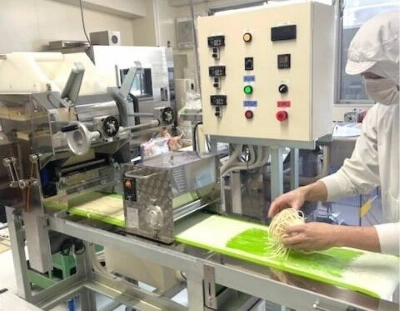Musicians can be extraordinary in so many different ways. John Coltrane was on a radical quest for enlightenment until the day he died. Bill Evans could voice chords in ways no one else ever imagined. Like a cat, Theolonius Monk could step off an edge and always land on his feet. And Miles Davis? You name it . . .
But what about Herbie Hancock? If he is extraordinary, what makes him so? Well, among other things, he's a rare creature who has been able to balance an incredibly prolific -- and profitable -- career as a straight-ahead jazz pianist with a technology-obsessed alter ego that is half man, half machine. Hancock first came to prominence with Miles Davis' band in 1963 and was an essential part of such albums as "ESP," "Nefertiti" and "In a Silent Way," among many others. He was also an influential player on Wayne Shorter's classics "Speak No Evil" and "Adam's Apple," to say nothing of his work with Donald Byrd, Roland Kirk, Lee Morgan, Freddie Hubbard -- the list goes on. And then there are his many albums as a leader that have yielded such jazz classics as "Watermelon Man," "The Sorcerer" and "Cantaloupe Island."
By contrast, on early '70s albums such as "Headhunters," "Sextant" and "Crossings," Hancock utilized advanced musical technology to express ideas that acoustic instruments alone simply could not. In 1983 he released "Future Shock," and for the album's hit single, "Rockit," Hancock appeared surrounded by robots in a bizarre, futuristic MTV video that stunned millions of viewers. "Rockit" not only introduced proto-turntablism and electronica to a mass audience, but by giving break dancers something to spin about, it also garnered Hancock something most aging jazzmen only dream of -- a young audience. 2001's "Future 2 Future," Hancock's exploration of club and world music, shows that the man's innovations continue.

















With your current subscription plan you can comment on stories. However, before writing your first comment, please create a display name in the Profile section of your subscriber account page.